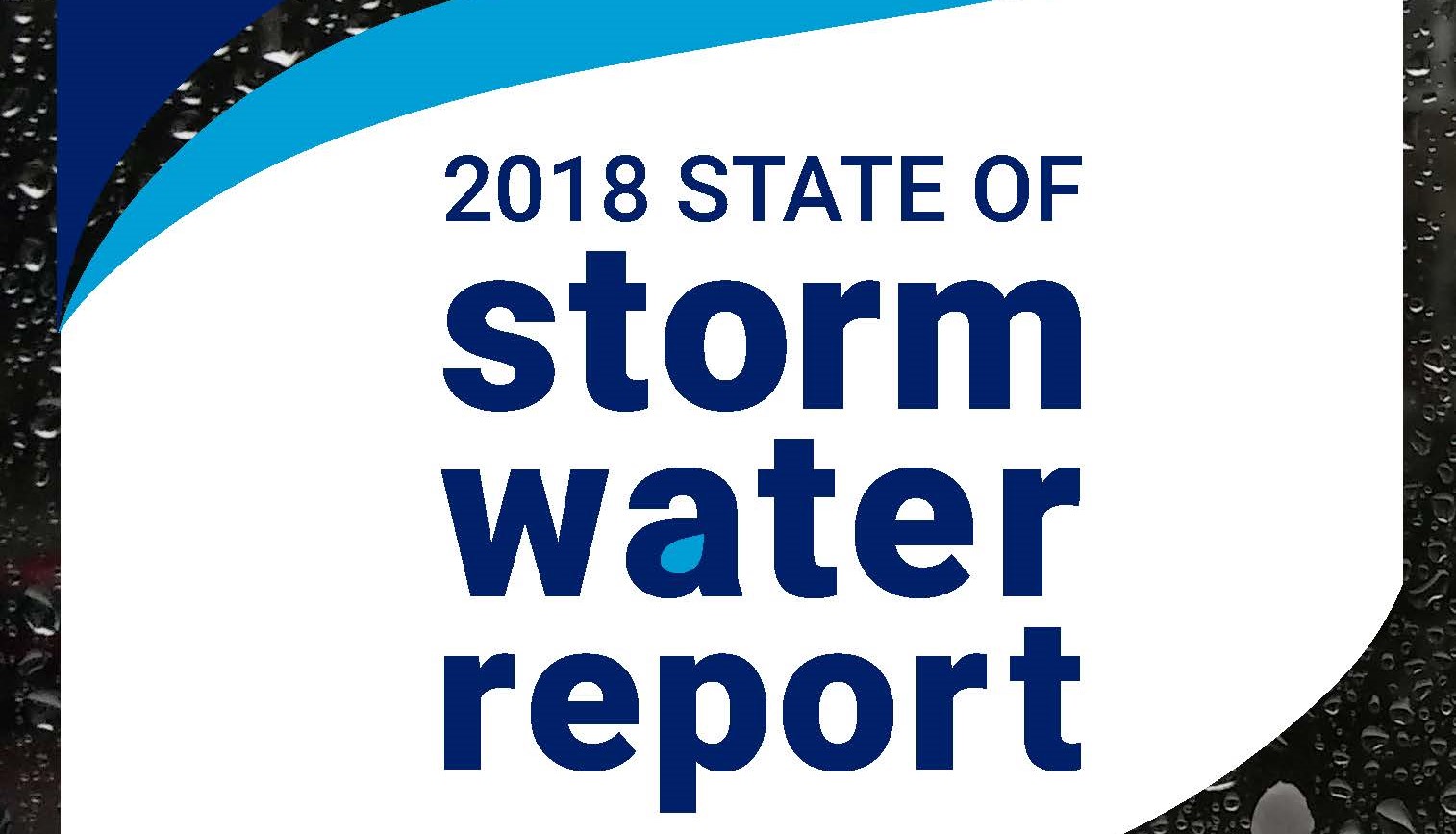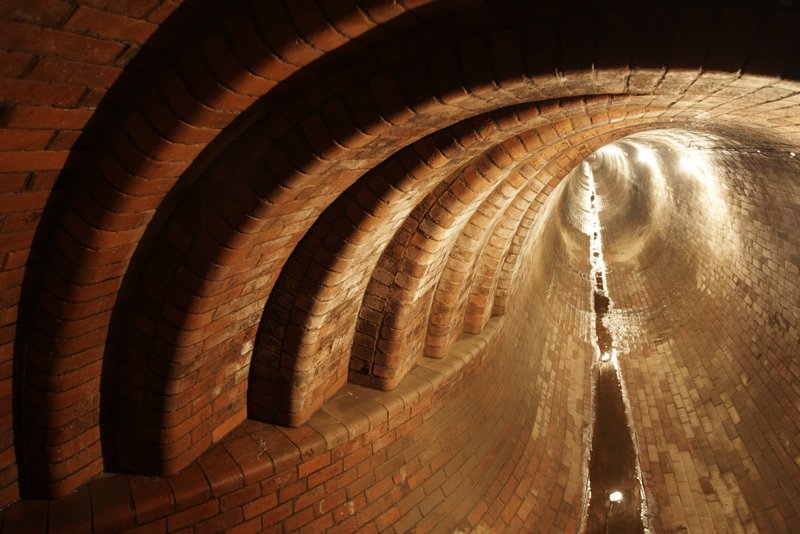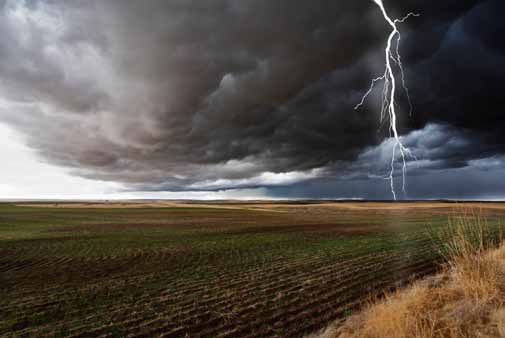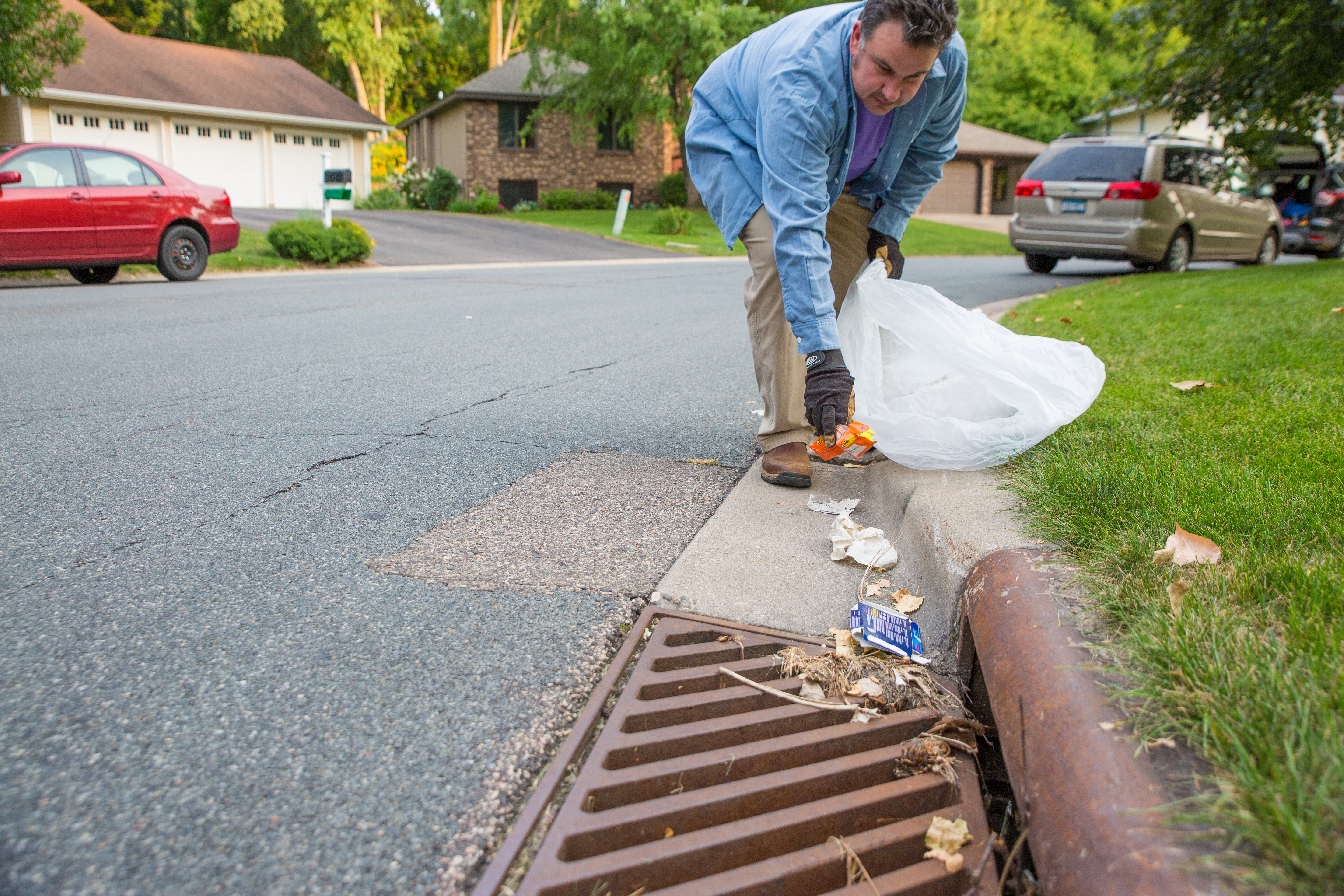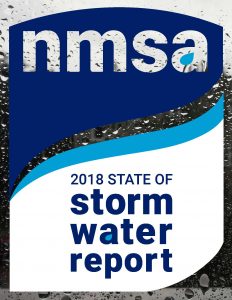
Download the 2018 State of Stormwater report, the first annual state-by-state analysis of municipal separate storm sewer system (MS4) program milestones and challenges released by the National Municipal Stormwater Alliance (NMSA; Alexandria, Va.). National Municipal Stormwater Alliance.
The National Municipal Stormwater Alliance (NMSA; Alexandria, Va.), a group of municipal separate storm sewer system (MS4) permittees from around the U.S., released its first annual state-by-state review of MS4 program updates, challenges, and needs on Aug. 13.
The 2018 NMSA State of Stormwater report analyzes the effectiveness of MS4 programs in 14 states and discusses potential changes — regulatory, social, technical, or otherwise — each state can make to better protect the health of urban waterways.
“MS4s are tackling one of the most difficult water resource challenges today – managing stormwater and revitalizing urban waters,” said NMSA chair Scott Taylor. “Each state is attacking issues in somewhat different ways. This report takes a look at that for the first time, providing information critical to moving the needle on clean water.”
Funding, staffing, and monitoring
Despite differences in climate, population density, and approach to stormwater management, many MS4 communities face similar challenges, according to the 46-page report.
Often, MS4 programs lack dedicated funding sources and/or adequate staffing. These factors hamper their ability to build necessary stormwater infrastructure and conduct monitoring to determine the effectiveness of their activities. In some regions, the effects of climate change or urbanization, as well as the presence of such nonpoint pollution sources as agriculture, also complicate benchmarking efforts.
In Maine, for example, only about 10% of MS4 communities have a stormwater user fee to support drainage system management. Clean Water State Revolving Funds rarely are used for stormwater projects in Maine, and as in much of the northeast, updating aging infrastructure is a costly necessity, according to the report. At the same time, the state also is working to prevent nutrient pollution in both fresh and salt water, chloride pollution of groundwater related to winter snowstorms, and ocean acidification, which affects the state’s shell fisheries.
“Statewide, Maine has excellent water quality, but there are still many challenges, particularly for urban impaired stream watersheds within the boundaries of MS4s,” the report reads. “MS4 activities are helping to address some of the issues… but have limited quantifiable data to measure improvements associated with non-structural and programmatic stormwater management measures.”
Achieving community buy-in
Outreach and community engagement are related obstacles. The report details extensive work by MS4s to raise public awareness of innovative stormwater management approaches. However, continuing to increase understanding of MS4 activities by ratepayers and legislators can help attract additional program funding, support for new approaches, and more robust enforcement.
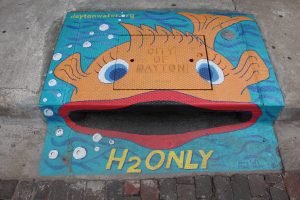
The need for increased visibility of stormwater management programs was cited by NMSA as one of the top issues facing MS4 permittees throughout the U.S. Better understanding by ratepayers of what stormwater fees fund is likely to result in less pushback against new programs and projects as well as more reliable funding sources. Katie Norris/City of Dayton, Ohio.
In Iowa, land use is overwhelmingly agricultural, limiting the ability of MS4 permittees to control nutrient pollution in runoff. Des Moines Water Works recently filed a lawsuit for illicit nitrate discharge against drainage districts in three counties upstream of the Raccoon River, which supplies drinking water to the state capital. The lawsuit was dismissed by a federal judge who ruled that water quality disputes are within the jurisdiction of the state legislature, indicating “a lack of political will to provide program direction,” the report says.
“There needs to be more emphasis placed on public education so that the public understands that what they do affects local water quality.”
Regulatory difficulties
Regulations that are unclear on specific treatment requirements, are quick to change, or lack top-down implementation guidance also undermine MS4 efforts in many communities. When developers and MS4 permittees do not clearly understand the standards they are required to meet, stormwater interventions become inconsistent, making monitoring and program implementation more difficult, the report says.

Many MS4 communities contend with the effects of urbanization and climate change, which in many cases complicate traditional approaches to municipal stormwater management, according to the report. Mike Beezhold/HDR Inc.
For example, by March 2019, MS4 permittees in Utah will be required to retain 90% of total stormwater volume onsite. This requirement is uniform despite sharp disparities in the climate and resource levels of MS4 communities across the state. Meanwhile, Utah’s 91 MS4 permittees are each covered by one of four generalized permits — each with different design, construction, and post-construction standards for stormwater infrastructure.
“This results in inconsistent implementation of MS4 permit programs,” the report says. “A major challenge to unification is answering to the varying local opinions and practices of permittees as well as the unique geologic and economic MS4 conditions throughout the state.”
NMSA reports gaps in best-management-practice research for stormwater and the need for watershed-scale collaboration between states and permittees as additional challenges that affect many U.S. MS4 communities.
Read NMSA’s full 2018 State of Stormwater report at its website.

